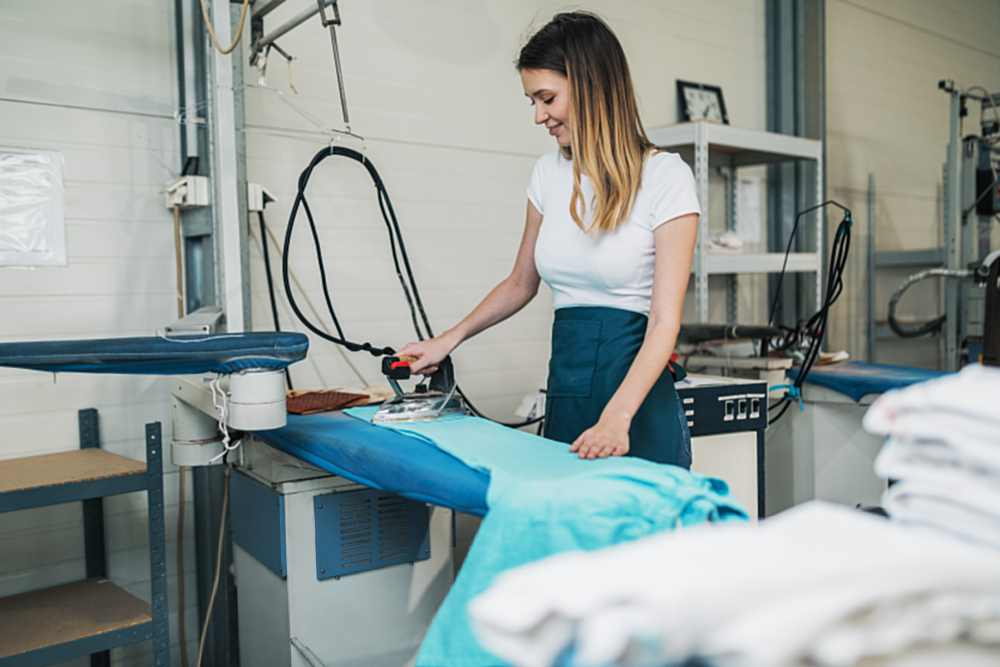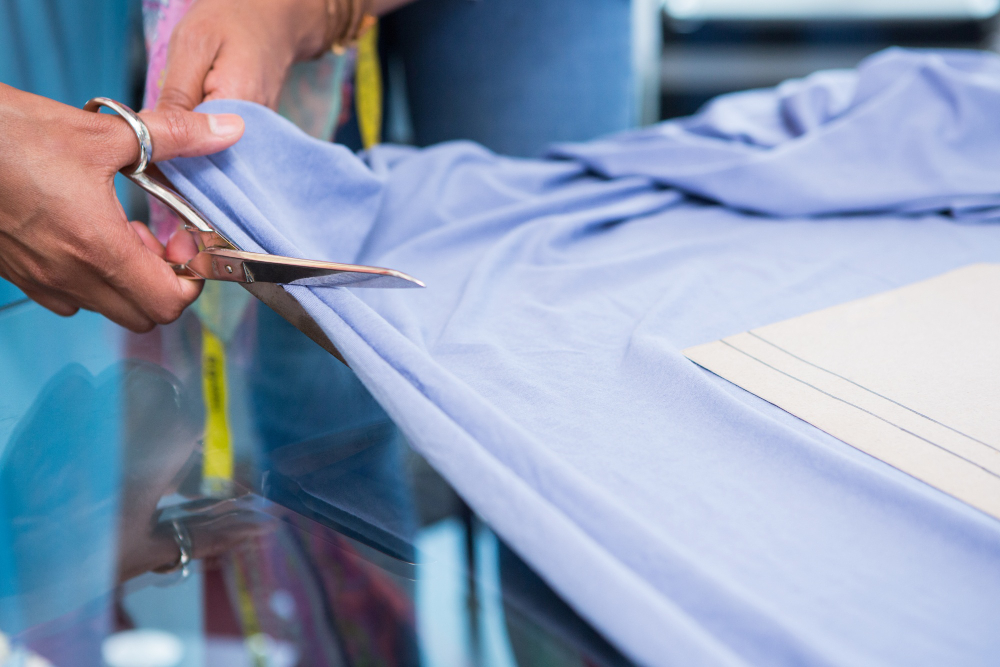In the healthcare industry, uniforms are more than just a dress code — they symbolize hygiene, professionalism, and trust. Whether you’re a nurse, doctor, lab technician, or caregiver, your medical uniform plays a vital role in both function and appearance. But due to constant exposure to stains, bodily fluids, and long shifts, maintaining your healthcare uniforms can be challenging.
In this blog, we’ll walk you through proven ways to care for and clean your hospital uniforms to ensure they stay durable, hygienic, and long-lasting.

Why Proper Uniform Maintenance Matters
Healthcare uniforms are exposed to high-stress environments daily. Over time, improper cleaning techniques or lack of regular care can lead to:
- Faded colors
- Weak fabric structure
- Persistent stains
- Loss of professional appearance
- Unintentional spread of contaminants
Proper cleaning ensures that your medical uniforms remain fresh, presentable, and compliant with safety standards.
Step-by-Step Guide: Cleaning and Maintaining Your Medical Uniforms

1. Pre-Treat Stains Immediately
Before tossing your hospital uniform into the wash, it’s essential to pre-treat visible stains.
Common Stains & Remedies:
- Blood: Use cold water and hydrogen peroxide or an enzymatic cleaner. Avoid hot water as it sets the stain.
- Medication/Chemical Spills: Dab with a vinegar-water solution before washing.
- Food or Drink: Apply a baking soda paste or commercial stain remover.
Tip: Never rub stains aggressively. Blot gently to prevent fabric damage.
2. Wash Uniforms Separately from Other Clothes
To prevent cross-contamination and maintain hygiene, always wash your healthcare uniforms separately from regular clothes. This step is especially important if you work in high-risk environments like emergency rooms, ICUs, or infectious disease units.
3. Use Hot Water — When Appropriate
Most medical uniforms are designed to endure high temperatures. Hot water (60°C or higher) helps eliminate bacteria and viruses.
However, always check the garment’s care label. Some modern healthcare uniforms made from blended fabrics may require medium heat settings to avoid shrinkage.
4. Choose the Right Detergent and Disinfectant
Use a powerful detergent that can tackle protein-based stains. You can also include:
- Oxygen-based bleach (for whites or light-colored scrubs)
- Disinfectant additives (like pine oil or phenolic disinfectants)
- Color-safe brighteners to preserve vibrancy
Avoid fabric softeners, as they can coat fibers and reduce the fabric’s breathability.
5. Don’t Overload the Washing Machine
A heavy load reduces the effectiveness of the wash cycle. Give your uniforms space to move so the detergent can properly do its job. This prevents uneven cleaning and wear on the fabric.
6. Dry with Care
Whenever possible, air-dry your medical uniforms in sunlight, which naturally kills bacteria. If you use a dryer:
- Use a low to medium heat setting
- Remove uniforms promptly to avoid wrinkles
- Avoid over-drying to maintain fabric elasticity
For wrinkle-resistant hospital uniforms, a light tumble dry is usually sufficient.
7. Iron and Store Properly
Ironing your uniform doesn’t just improve appearance — the heat from ironing can help eliminate residual bacteria. Use a steam iron for the best results.
Once ironed, hang or neatly fold your healthcare uniforms in a clean, dry area. Avoid damp or humid storage spaces that can cause mold or unpleasant odors.
Additional Tips for Uniform Longevity

1. Own Multiple Sets
Rotating between 3-5 sets of medical uniforms allows you to reduce wear and tear from daily use. It also ensures you’re never forced to wear unwashed uniforms due to tight laundry schedules.
2. Inspect Regularly for Damage
Routinely check for loose seams, broken zippers, or thinning fabric. Address small issues immediately to prevent complete replacement later.
3. Use Laundry Bags for Extra Protection
When using commercial laundry services, place your uniforms in a mesh laundry bag. This minimizes wear and prevents garments from getting caught on machinery.
4. Avoid Wearing Uniforms Outside the Facility
Healthcare facilities often recommend that professionals change into their hospital uniforms at work and change out before leaving. This practice limits the risk of carrying pathogens from the hospital into public areas — or vice versa
Choosing the Right Uniform Fabric Makes a Difference

Durability also depends on the quality of the fabric. Modern healthcare uniforms come in blends like polyester-cotton or spandex-enhanced fabrics, which offer:
- Moisture-wicking
- Wrinkle resistance
- Antimicrobial properties
- Stretch for flexibility
When buying new medical uniforms, always opt for fabrics that suit your daily work environment and comfort needs.
A Final Word on Uniform Hygiene
The cleanliness and condition of your healthcare uniforms reflect your commitment to safety and professionalism. By taking a proactive approach to cleaning, drying, and storing, you can not only extend the life of your uniforms but also create a safer environment for both you and your patients.
Trusted Uniforms from a Trusted Name
If you’re looking for premium-quality medical uniforms that are easy to maintain, durable, and comfortable for long shifts, AttireCorp Saudi has you covered. As a trusted provider of healthcare uniforms in Saudi Arabia, we offer a wide selection of uniforms for hospitals, clinics, and individual professionals — all designed with longevity and hygiene in mind.


